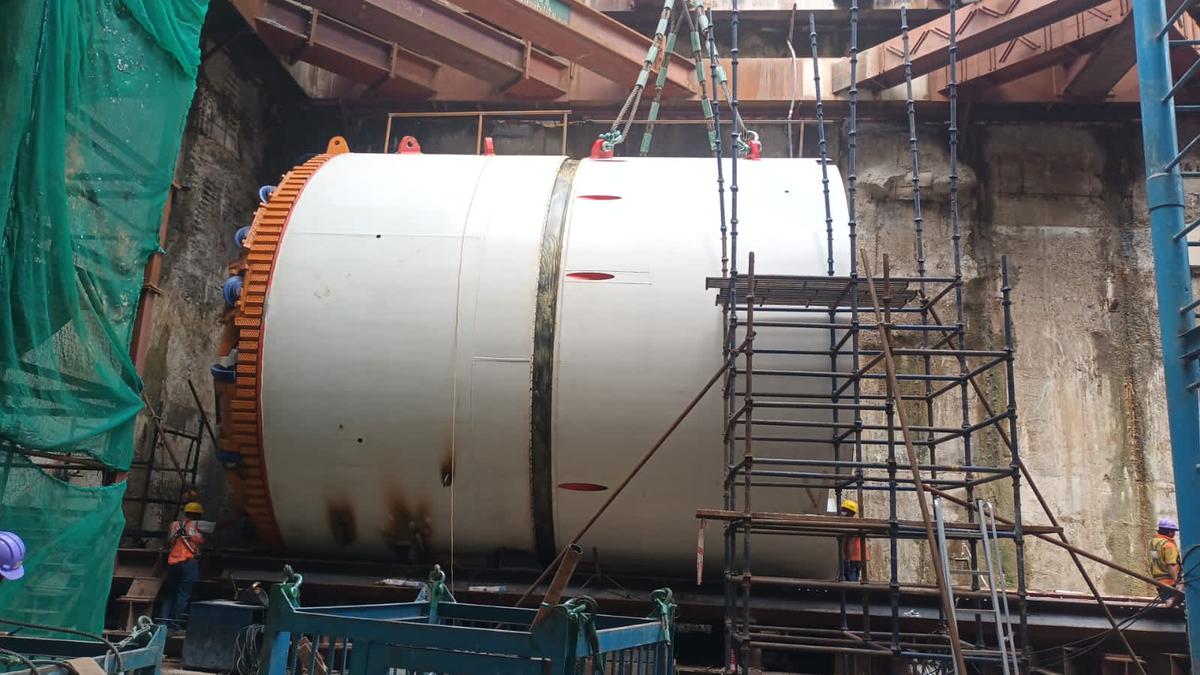
Chennai Metro Rail | Tunnelling at Panagal Park to begin by month-end
The Hindu
Chennai Metro Rail's tunnelling work between T. Nagar and Kodambakkam begins soon, with two tunnel boring machines.
Panagal Park is geared up for Chennai Metro Rail’s tunnelling work, which is part of the phase II project. Soon, two tunnel boring machines (TBM) will create an underground network between T. Nagar and Kodambakkam.
In the first stage, a TBM, ‘Pelican’, will be launched - by the end of this month - from Panagal Park in T. Nagar, and it will bore till Kodambakkam, covering a distance of about 2 km. This will be followed by the next TBM after a few weeks.
In about a year’s time, twin tunnels will be built between T. Nagar and Kodambakkam.
Panagal Park Metro Rail station, an underground station, is being constructed in the corridor 4 (between Poonamallee and Light House) of the 116-km phase II project. It is built as an elevated corridor from Poonamallee, up to Power House, and it dips underground from Kodambakkam till Light House. Madhavaram to SIPCOT (corridor 3) and Madhavaram to Sholinganallur (corridor 5) are the rest of the two corridors constructed as part of the phase II project.
According to officials of the Chennai Metro Rail Limited (CMRL), once tunnelling work at Panagal Park begins, they will drill at a depth of about 20 metres and, gradually, as the machine nears Kodambakkam, it would bore as deep as 25 metres. “The geotechnical investigation shows that this stretch is mostly made up of clay soil, with some sandy soil in the top layer. In a few locations, there may be rocks too. It may not be as tough and we hope to finish the work in a year’s time,” an official said.
As part of the tunnelling between Panagal Park and Kodambakkam, the TBMs will bore under the railway track of Kodambakkam suburban station for a small stretch, another official said. “The speed of the machine will be slowed down drastically as they pass underneath the railway track to avoid any disturbance or vibration. The services can continue as usual. We have already received guidelines from railways on how to carry it out. We will constantly monitor the track, the TBMs movement and speed,” he said.
Pelican has been lowered at the Panagal Park station.













